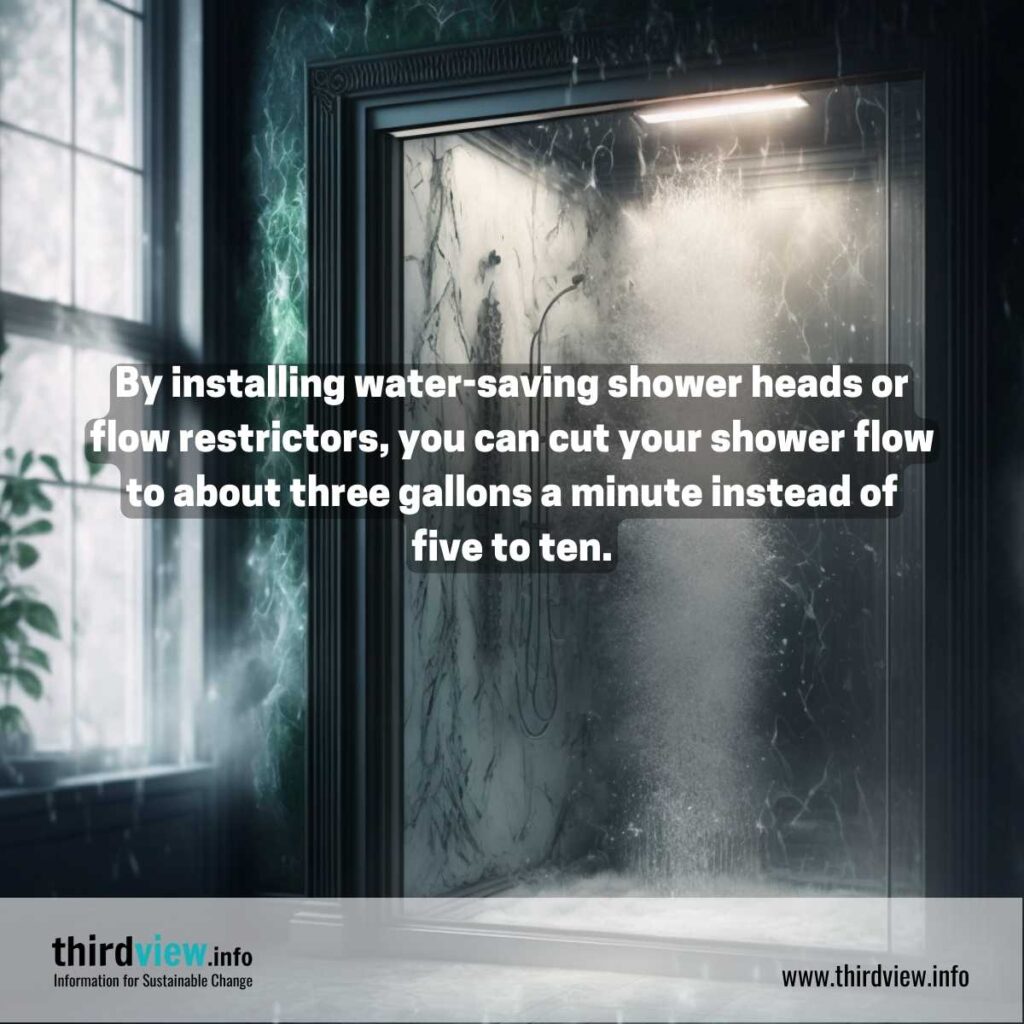The Best Strategy To Use For Reclaim Waste
The Best Strategy To Use For Reclaim Waste
Blog Article
The Definitive Guide for Reclaim Waste
Table of ContentsReclaim Waste - The FactsHow Reclaim Waste can Save You Time, Stress, and Money.The 7-Second Trick For Reclaim WasteWhat Does Reclaim Waste Do?5 Easy Facts About Reclaim Waste Described
Domestic sewer waste refers to the waste and products from a residential septic container. The appropriate management and disposal of residential sewage waste require fluid waste to be moved to a sewage therapy plant where the proper techniques and tools are applied to purify and dispose of waste.
Industrial waste typically includes potential dangers, such as combustible materials or a blend of fluid and strong waste products, and requires an advanced and comprehensive disposal procedure. The disposal of business waste typically includes the filtration of waste prior to transport to make sure risk-free and appropriate disposal. Hazardous waste is developed from byproducts and runoff of commercial procedures and manufacturing.
This sort of waste can not use the exact same sewer administration transport or processes as septic or industrial liquids. The commercial waste management process needs the assessment and screening of liquid waste prior to it undertakes the disposal procedure (liquid waste disposal). Drainage waste is the fluid waste that originates from runoff and excess stormwater in extremely booming areas or cities
Drainage waste can cause contamination and flooding if not taken care of effectively. Making sure appropriate waste management can protect against catastrophes and reduce environmental injury.
The Ultimate Guide To Reclaim Waste
Contact PROS Providers today to discover our waste management and disposal services and the appropriate methods to care for the fluid waste you create.
(https://padlet.com/leonaube33101/reclaim-waste-hw71hge954tsaxnp)This supposed 'wastewater' is not just an important source yet, after treatment, will certainly be launched to our land, rivers or the ocean. Made use of water from bathrooms, showers, baths, kitchen area sinks, laundries and industrial procedures is recognized as wastewater.

water made use of to cool down equipment or clean plant and tools). Stormwater, a kind of wastewater, is runoff that streams from farming and urban areas such as roofings, parks, gardens, roads, paths and rain gutters right into stormwater drains pipes, after rain. Stormwater streams untreated directly to neighborhood creeks or rivers, eventually getting to the ocean.
Fascination About Reclaim Waste
In Queensland, a lot of wastewater is treated at sewage therapy plants. Wastewater is moved from domestic or commercial websites with a system of sewage systems and pump stations, referred to as sewage reticulation, to a sewage treatment plant. Regional governments develop, preserve and run most sewer therapy plants. Operators are licensed under the Environmental Security Act 1994 to discharge cured wastewater at an acceptable ecological criterion into rivers.
The Division of Natural Resources recommends regional governments regarding handling, operating and keeping sewage systems and therapy plants. In unsewered locations, city governments may call for owners to install specific or family sewer treatment systems to treat residential wastewater from bathrooms, kitchens, restrooms and laundries. The Department of Natural Resources authorizes the usage of home systems when they are verified to be effective.
The majority of stormwater gets no therapy. In some brand-new communities, treatment of some stormwater to eliminate trash, sand and crushed rock has begun making use of gross pollutant catches. Wastewater therapy occurs in four stages: Removes solid matter. Larger solids, such as plastics and various other objects mistakenly released to sewage systems, are eliminated when wastewater is gone through displays.
Wastewater after that flows right into large storage tanks where solids settle and are gotten rid of as sludge. Grease and residue are skimmed from the surface. Uses small my latest blog post living organisms recognizes as micro-organisms to break down and get rid of staying liquified wastes and fine fragments. Micro-organisms and wastes are incorporated in the sludge. Gets rid of nitrogen and phosphorus nutrients that could trigger algal blossoms in our waterways and endanger marine life.
The Only Guide for Reclaim Waste
Nutrient removal is not readily available at all sewage therapy plants since it calls for expensive specialized devices. Clear liquid effluent created after therapy may still contain disease-causing micro-organisms - liquid waste removal melbourne.

Most wastewater moves right into the sewerage system. Under the Act, local governments carry out approvals and permits for ecologically pertinent activities (Periods) involving wastewater launches that could have a regional impact.
How Reclaim Waste can Save You Time, Stress, and Money.
Surveillance provides factual information about water quality and can confirm that licence conditions are being met. The information obtained through monitoring provides the basis for making water quality decisions.
Report this page